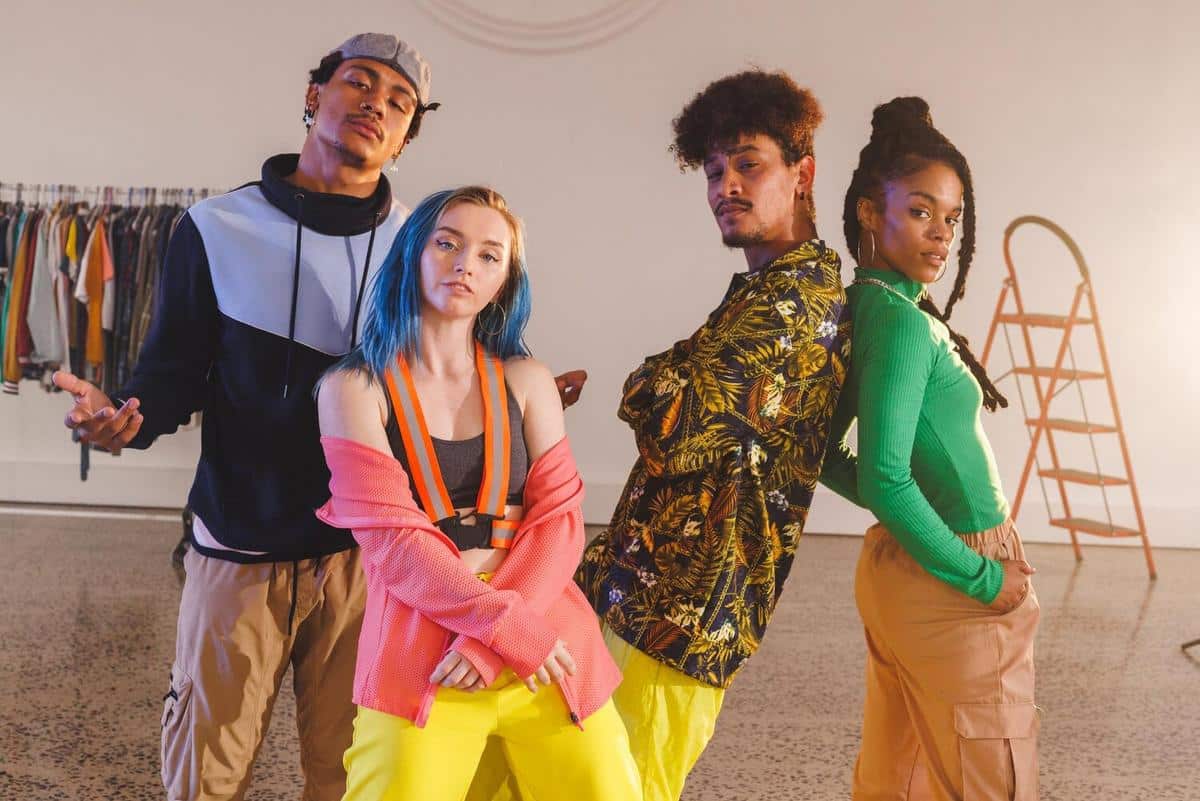
How 3D Printing is Transforming the Fashion Industry
Imagine a world where your wardrobe is as customizable as your favorite playlist. Welcome to the realm where 3D printing is reshaping the fashion industry, offering innovative ways to create garments that are both sustainable and personalized.
The marriage of technology and fashion has always been a captivating journey, but few innovations have sparked as much excitement as 3D printing. This cutting-edge technology is not only transforming how clothes are made but also redefining the very essence of fashion. Let’s dive into how 3D printing is revolutionizing the industry.
The Rise of 3D Printing in Fashion
3D printing, or additive manufacturing, involves creating three-dimensional objects from a digital file, layer by layer. This technology has been making waves in various sectors, and fashion is no exception. The ability to produce intricate designs with precision and without the constraints of traditional fabric production is game-changing.
Expert Insights
According to Danit Peleg, a designer known for her pioneering work in 3D printed fashion, “The potential for customization with 3D printing is limitless. It empowers designers and consumers to create unique pieces that reflect personal style.” This sentiment is echoed by industry analysts who see 3D printing as a catalyst for sustainable and on-demand fashion.
Statistics & Research Findings
A study by Grand View Research predicts that the 3D printing market in fashion is expected to grow significantly, with an annual growth rate of over 20% from 2021 to 2028. This surge is driven by increasing demand for sustainable fashion and the need for rapid prototyping in design.
Personal Anecdotes
Emma, a fashion enthusiast and early adopter of 3D printed clothing, shares her experience: “Wearing a 3D printed dress feels like wearing the future. It’s not just about the style; it’s about being part of a movement towards more thoughtful and innovative fashion choices.”
Practical Applications and Advantages
- Customization: Consumers can personalize designs to suit their preferences, leading to a more inclusive fashion industry.
- Sustainability: By minimizing waste and using recyclable materials, 3D printing supports eco-friendly practices.
- Efficiency: Reduces lead times and allows for quick adjustments in design, ideal for fast fashion.
Actionable Tips
- Designers should explore collaboration opportunities with tech companies to integrate 3D printing into their collections.
- Consumers interested in 3D printed fashion should begin with accessories to understand the material and fit before investing in larger pieces.
Consider attending workshops or courses on 3D design software to enhance your skills and creativity in fashion design.
Comparing Traditional vs. 3D Printed Fashion
| Aspect | Traditional Fashion | 3D Printed Fashion |
|---|---|---|
| Production Time | Weeks to months | Hours to days |
| Customization | Limited | Extensive |
| Waste | High | Low |
| Material Usage | Fabric-based | Filament-based |
| Durability | Varies | High |
| Accessibility | Dependent on retailers | Online and local printing services |
| Eco-friendliness | Moderate | High |
| Cost | Varies | Decreasing over time |
Frequently Asked Questions
How does 3D printing reduce waste in fashion?
3D printing creates garments layer by layer, using only the material needed for the specific design, unlike traditional methods that cut patterns from fabric, leaving excess scraps.
Can 3D printed fashion be washed and maintained like regular clothes?
Yes, many 3D printed garments are made from durable materials that can be washed, although care instructions may vary based on the filament used.
Conclusion
As 3D printing continues to evolve, it holds the promise of a more sustainable, customizable, and efficient fashion industry. Whether you’re a designer eager to innovate or a consumer excited to explore new styles, 3D printing offers a glimpse into the future of fashion. Consider integrating this technology into your wardrobe to experience the benefits firsthand, and keep an eye on emerging trends as the industry continues to innovate. For more insights on fashion technology, visit reputable fashion tech blogs and industry publications.


